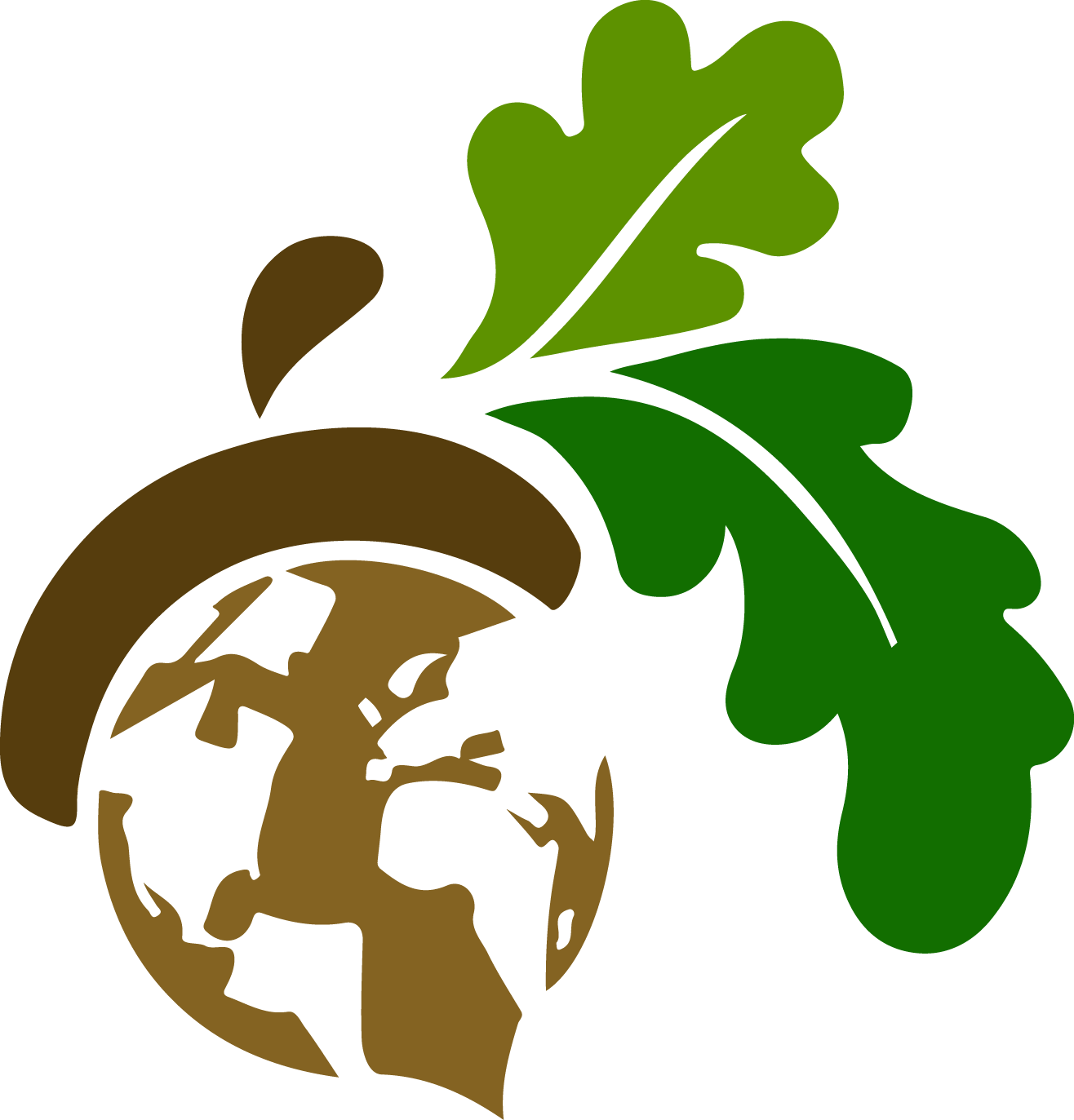Going on overseas adventures has sort of become second nature to me in the past four years of on-and-off full-time travel, and several American friends told me Cuba had been great, if not a bit expensive. While nervous, I was excited. Cuba hadn’t been (legally) open to American tourists since 1963 as part of the economic embargo. That’s not to say that tourism hasn’t been a thing in Cuba during all that time, and I’ll have to take a detour on this post to explain some things if you’re not already familiar with US-Cuba relations.
Geographically, Cuba is much closer to the United States than you might think. Just 90 miles south of Florida, it’s a 3.5 hour flight from NYC and a 9-hour ferry ride from Miami. But for that small distance, the cultural, political, and economic differences are astronomical, and current relations between the United States and Cuba are as complex as our shared history.

As a result of the Spanish-Cuban-American War (as its referred to in Cuba) / the Spanish-American War (as its referred to in the USA), Cuba became a protectorate of the United States in 1899 until Cuba’s independence was declared in 1902. The United States occupied Cuba again with military forces to oversee a democratic election in 1909, and thereafter continued to intervene in Cuban affairs where it wanted to protect its own interests. Written into the Republic of Cuba’s constitution was even a provision allowing the United States to supervise Cuba’s financial stability and “the right to intervene in Cuba for the maintenance of (an adequate) government.” (source). This is also the point at which Guantanamo Bay was forced to be leased to the United States as a naval base.
Fast forward to 1933, and a revolt led by Fulgencio Batista ousted the authoritarian President Machado. While not the president of Cuba, he effectively controlled the country until being formally elected president in 1940. After being succeeded by others and leaving to live in the United States, Batista returned to Cuba to run for president again, and ultimately launched a coup in 1952 in order to occupy that position. However, Batista’s second presidency was met with opposition from the Cuban people, though Batista continued to enjoy support from the United States government in the form of weapons and military training for his troops, supposedly in order to preserve democracy and stable leadership in Cuba. Additionally, it should be noted that the American Mafia, as well as corruption in American and Cuban business and politicians were a source of support for Batista. (more on this). The American Mafia ran the gambling businesses and prostitution in Havana during Batista’s second presidency, and a huge portion Cuba’s sugarcane farming lands were ceded to foreign businesses under the table for Batista’s profit, largely to international businesses which had permanent locations in the USA.

An exploding socioeconomic gap between poor and rich Cubans (i.e., Cuban people and friends of Batista), increasing censorship, and bloody unrest characterized Batista’s second presidency, and this prompted revolutionary groups to wage war against the government. Eventually, as will be discussed in more detail in a later post, Fidel Castro and his group of revolutionaries would come out on top, forcing Batista into exile and crushing all other revolutionary groups.
A Cuban history teacher I met in Santiago named Alcides explained how Cubans viewed Batista to me.
“He was a mob boss,” he said. “And I don’t want to offend you, but I think it’s important to say that the United States supported Batista. He didn’t care about Cuba or the people at all, he just wanted power. He wanted money and power, and he controlled the military like a mob boss. He helped sell drugs in Cuba from the United States and other countries, and we suffered a lot. This is why Cubans support Fidel.”
Initially the United States government and intelligence agencies seemed to react to Castro’s coup d’etat with optimistic indifference. Some saw it as a democratic movement, before realizing after hundreds of executions, thousands of deaths, and Castro’s legalization and legitimization of the Communist Party that they had been wrong. Castro also repatriated those sugarcane plantations I mentioned earlier, in addition to US-built oil refineries and other American businesses. As a result, by 1963, the US had put a wide range of crippling economic embargoes on Cuba, the majority of which remain in effect today. It is also important to know that after the embargoes were put into place, Cuba aligned itself with the Soviet Union and received enormous subsidies for its tabacco, oil, and sugarcane industries.
After the dissolution of the USSR, Cuba was hit where it hurt. 80% of its imports and exports were lost, and its GDP dropped by 34%. Food and other resources were so scarce during this period that even cats supposedly disappeared from the streets for food, and since the beginning of this period, which Cubans refer to as El período especial, Cuba has been operating under a strict food rationing system. Despite receiving significant aid from Venezuela and the Chávez government, Cuba has had to shift much of its focus toward tourism in order to maintain economic stability. In fact, since the mid 1990s, tourism has overtaken both the tobacco and sugarcane industries in terms of incoming foreign currency for Cuba, and nearly one third of the tourists visiting Cuba each year are Canadian. This, combined with Cuba’s complex relationship with the rest of the world, and the Castro family’s intense propaganda machine, has resulted in a country which is ill-equipped to handle backpackers, and is still effectively closed to outsiders, and it’s from that angle that I’ll be writing about my experiences in Cuba.

Let’s do the Time Warp again.
